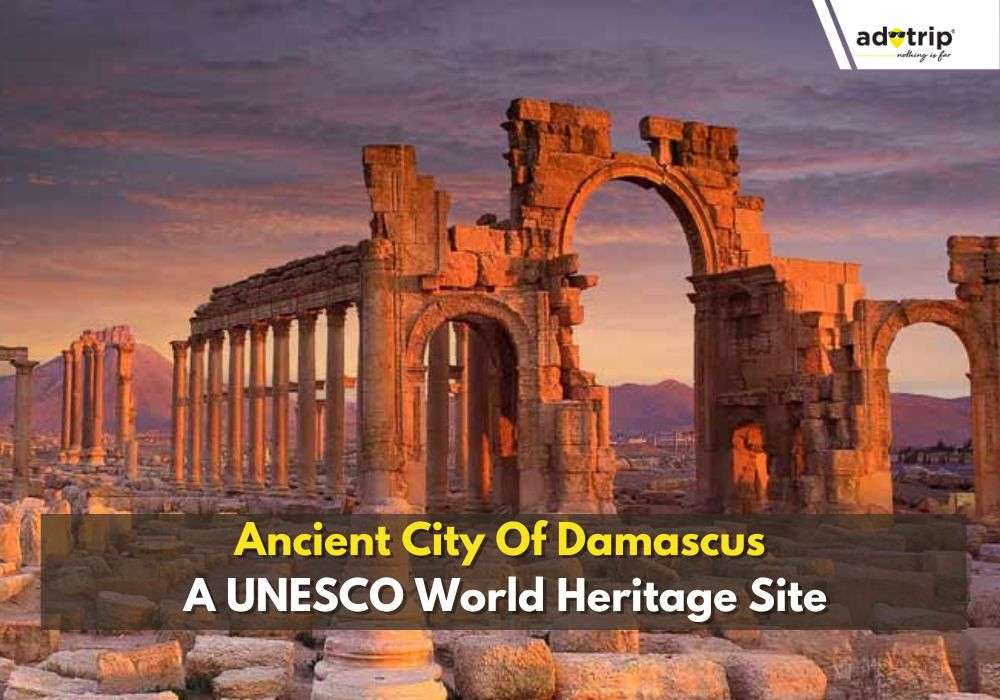
Last Updated At: 09-Sep-2025
Ancient City Of Damascus: A UNESCO World Heritage Site
Excitement surged through me as I planned my journey to Damascus, the heritage of World City. Anticipation painted vivid images of ancient souks bustling with traders and aromatic spices dancing in the air. I yearned to stroll through the winding streets, tracing the footsteps of civilisations past, each cobblestone whispering tales of history. The thought of immersing myself in the city's rich culture, sampling delectable cuisine, and marvelling at architectural wonders ignited a fire within. Above all, I longed to connect with the resilient spirit of Damascus, to witness its timeless beauty and unravel the mysteries that awaited around every corner.
Damascus, the capital city of Syria and the second-largest urban centre in the nation holds the prestigious title of being one of the oldest continuously inhabited cities globally. Referred to as "the City of Jasmine," it is a vital hub of culture and religion for Syria and the Middle East. Recognised as a UNESCO World Heritage Site, Damascus boasts a rich historical and cultural heritage, with a legacy spanning over 9,000 years of uninterrupted human settlement. The many well-preserved historical sites scattered across the city narrate the compelling story of Syria's enduring capital.
Umayyad Mosque - Architectural Gems
As I step into the courtyard of the Umayyad Mosque, I'm struck by the grandeur of its architecture. This awe-inspiring building boasts one of the must-visit historical landmarks of the world. The intricate designs, adorned with calligraphy and geometric patterns, speak volumes about the skill and craftsmanship of the artisans who built it centuries ago. Walking through its corridors, I feel a sense of reverence, knowing that this mosque has been a place of worship for Muslims for over a millennium.
Read More : Ancient Cities of India
Architectural Highlights Of Umayyad Mosque
- Grand Courtyard- The Umayyad Mosque boasts a vast courtyard, beautifully paved with marble and surrounded by elegant colonnades. This expansive space serves as a gathering point for worshippers and visitors alike, offering a serene oasis in the heart of the bustling city.
- Iconic Dome- Dominating the skyline of Damascus, the mosque's central dome is a striking architectural feature. Constructed of gleaming white marble and adorned with intricate geometric patterns, the dome is a testament to the ingenuity and craftsmanship of the Umayyad architects.
- Minaret of Jesus- One of the most distinctive elements of the mosque is the Minaret of Jesus (also known as the Minaret of Isa), believed to be the spot from which Jesus will descend during the end times. This towering minaret is adorned with ornate carvings and intricate mosaics, reflecting the region's rich artistic heritage.
- Prayer Hall- Stepping inside the mosque's prayer hall, visitors are greeted by a breathtaking sight. The hall is adorned with exquisite marble columns, intricately carved wooden screens, and shimmering chandeliers, creating a sense of grandeur and reverence.
- Shrine of John the Baptist- Within the mosque complex lies the Shrine of John the Baptist, one of the architectural wonders of the world. It is a revered site for Christians and Muslims alike. Believed to house the head of John the Baptist, the shrine is adorned with intricate tilework and delicate calligraphy, offering a glimpse into the religious diversity and cultural richness of Damascus.
Location: G864+MMC, Damascus, Syria
Sultan Salahuddin’s Mausoleum - Historical Icon
Sultan Salahuddin's mausoleum stands as a testament to the valour and leadership of one of Islam's greatest heroes. Touted as the ancient wonders of the world, the mausoleum is surrounded by lush greenery and exudes a sense of peace and tranquillity. As I offer prayers at his tomb, I can't help but feel humbled by the legacy of this remarkable figure. His statue, overlooking the historic Citadel of Damascus, serves as a reminder of his enduring impact on the region.
Architectural Highlights of Sultan Salahuddin’s Mausoleum
- Exterior Grandeur: Sultan Salahuddin's Mausoleum is a majestic architectural marvel, with its grand exterior adorned with intricate Islamic motifs and calligraphy. The imposing structure commands attention, reflecting the stature of the revered Muslim leader it honours.
- Central Dome: Dominating the skyline, the mausoleum features a magnificent central dome, symbolising the unity and strength of Salahuddin's legacy. Constructed with intricate geometric patterns and shimmering tiles, the dome is a beacon of inspiration and reverence.
- Inner Sanctum: Within the mausoleum, visitors encounter an inner sanctum dedicated to Sultan Salahuddin. This sacred space is adorned with ornate marble carvings, delicate arabesques, and verses from the Quran, creating an atmosphere of tranquillity and spiritual reflection.
- Tomb Chamber: At the heart of the mausoleum lies the tomb chamber, where Sultan Salahuddin's mortal remains are interred. The chamber is beautifully appointed with intricate marble work and adorned with golden embellishments, providing a fitting resting place for the legendary Muslim warrior.
Hamiddya Souk - Bustling Market
Navigating the labyrinthine streets of Hamiddya Souk, I'm greeted by a symphony of sights, sounds, and smells. The bustling market is a melting pot of cultures, with vendors hawking everything from spices and textiles to handicrafts and souvenirs. As I weave through the crowd, I can't resist the urge to haggle and barter, engaging in the age-old tradition of commerce that has thrived in Damascus for centuries. Heritage preservation efforts are on to keep its unique look and feel intact.
Must-Buy Things at Hamiddya Souk
- Spices: Explore the vibrant stalls of Hamiddya Souk to discover a colourful array of spices, including aromatic blends like za'atar, sumac, and baharat. These flavorful seasonings are essential ingredients in traditional Syrian cuisine and make for delightful souvenirs to bring home.
- Handcrafted Textiles: Browse through the stalls for an exquisite selection of handcrafted textiles, including embroidered shawls, vibrant scarves, and intricately woven rugs. These artisanal creations showcase the rich heritage of Syrian craftsmanship and make for beautiful additions to any home or wardrobe.
- Arabian Sweets: Indulge your sweet tooth with a tempting variety of Arabian sweets and confections, such as baklava, ma'amoul, and halva. Made from premium ingredients like nuts, honey, and dates, these delectable treats are perfect for enjoying with a cup of traditional Arabic coffee.
- Antiques and Souvenirs: Hunt for unique antiques and souvenirs amidst the bustling marketplace, where you'll find an eclectic mix of treasures ranging from vintage trinkets and ornate jewellery to hand-painted ceramics and intricate copperware. These one-of-a-kind finds capture the essence of Damascus' rich cultural heritage.
- Perfumes and Oils: Immerse yourself in the fragrant world of Middle Eastern perfumery with a visit to Hamiddya Souk's perfume shops, where you'll find an enticing selection of exotic scents and aromatic oils. Whether you prefer floral, woody, or spicy fragrances, you will surely find the perfect scent to evoke memories of your time in Damascus.
Exploring The Bustling Metropolis
Exploring Damascus' vibrant neighbourhoods, I'm struck by the city's dynamic energy. From bustling cafes and parks to the colourful minibuses that ply its streets, there's never a dull moment in this bustling metropolis. Despite its challenges, Damascus has a resilience and vitality that is truly infectious. As I soak in the sights and sounds of the city, I can't help but feel a sense of admiration for its people and their unwavering spirit.
Cultural Contrasts
In Damascus, tradition and modernity coexist in fascinating ways. While some residents embrace Western dress and lifestyles, others adhere to more conservative customs and traditions. It's a city of contrasts, where old meets new and East meets West. As I interact with locals and learn about their way of life, I'm struck by the unique cultural heritage attractions, unique diversity and richness of Syrian culture. It's a reminder that despite our differences, we're all part of the same global community.
Transportation Challenges
Despite its rich history and vibrant culture, Damascus faces significant challenges when it comes to transportation. The city's outdated infrastructure and overcrowded streets make commuting a daunting task for residents and visitors alike. While buses and minibuses are the primary modes of transportation, they often struggle to keep up with the demands of a growing population. As I navigate the city's streets, I can't help but wonder what the future holds for Damascus and its transportation network.
Evolving Political Landscape
Syria's political landscape is complex and fraught with challenges. For decades, the country has been ruled by the Assad dynasty, leading to widespread corruption and political repression. Despite efforts to transition to a more democratic system, Syria remains a one-party state with limited political freedoms. As I observe the socio-political dynamics in Damascus, I'm reminded of the importance of democracy and the need for greater accountability and transparency in government.
Religious Diversity
Damascus is a city of religious diversity, with Muslims, Christians, and other faiths coexisting peacefully for centuries. While Islam is the predominant religion, there are also significant Christian and minority communities that contribute to the city's rich tapestry of religious heritage. Damascus is a testament to the power of religious tolerance and coexistence, from the majestic mosques and churches to the bustling markets and neighbourhoods. As I explore its streets, I'm inspired by the unity and harmony that pervades the city.
Origin Of The Name
Damascus' name is shrouded in legend and myth. Some believe it derives from the Arabic word "Damashq," meaning "a fast-moving camel," while others attribute it to Damashq, the great-grandson of Noah, who is said to have founded the city. Whatever its origins, Damascus has a rich and storied history that spans millennia. As I reflect on the city's past and present, I'm reminded of the enduring legacy of this ancient metropolis and the countless generations who have called it home.
My journey to Damascus, the city that represents the heritage of the world, has been nothing short of transformative. From its ancient marvels and architectural gems to its bustling markets and vibrant neighbourhoods, the city has captivated my imagination and left an indelible mark on my soul. As I bid farewell to this historic metropolis, I carry memories of its rich culture, resilient spirit, and enduring beauty. Damascus may be one of the oldest continuously inhabited cities in the world, but its story is far from over. As it continues to evolve and adapt to the challenges of the modern world, I do not doubt it will remain a beacon of hope and inspiration for future generations.
Embark on an unforgettable journey through time with our well-curated heritage tours and travel packages. Let Adotrip be your guide to exploring the enchanting city of Damascus. Discover our exclusive flight deals, seamless hotel reservations, and diverse tour packages tailored to every budget. With our visa assistance, travel insurance, and expert guidance, your adventure awaits. Book now and experience the wonders of Damascus.
With us, nothing is far!
Frequently Asked Questions About the World’s Oldest City, Damascus, Syria
Q1. What makes Damascus a heritage city?
A1. Damascus boasts over 9,000 years of continuous habitation, earning it the title of one of the oldest cities in the world. Its rich history, cultural significance, and well-preserved historical sites contribute to its status as a UNESCO World Heritage Site.
Q2.
What are some must-visit historical sites in Damascus?
A2.
Visitors to Damascus shouldn't miss exploring the Umayyad Mosque, the Citadel of Damascus, and the ancient markets of the Old City. These sites offer insights into the city's vibrant past and architectural marvels.
Q3.
How can I explore Damascus safely as a tourist?
A3.
While Damascus has a rich history and cultural heritage, staying informed about the current safety situation is essential. Travelling with reputable tour operators, avoiding crowded areas, and following local guidelines can help ensure a safe and enjoyable visit.
Q4.
What are some traditional dishes to try in Damascus?
A4.
Damascus is renowned for its delicious cuisine. Try local specialities such as falafel, shawarma, fattoush salad, and knafeh. These dishes offer a tantalizing blend of flavours and showcase the region's culinary diversity.
Q5.
Are there any cultural events or festivals held in Damascus?
A5.
Throughout the year, Damascus hosts various cultural events and festivals celebrating music, art, and literature. The Damascus International Film Festival and Damascus International Fair are among the city's most prominent cultural gatherings, offering visitors a chance to immerse themselves in local arts and culture.
Q6.
What are some famous UNESCO World Heritage Sites?
A6.
Some of the most famous UNESCO World Heritage Sites include
- The Great Wall of China
- The Pyramids of Giza
- Machu Picchu
- The Taj Mahal
- The Acropolis of Athens.
Q7.
How is a site designated as a World Heritage Site?
A7.
A site is designated as a UNESCO World Heritage Site based on its cultural, historical, or natural significance. It must meet certain criteria and undergo a rigorous evaluation process by UNESCO experts before receiving the designation.
Q8.
What is the purpose of preserving world heritage?
A8.
The purpose of preserving world heritage is to safeguard culturally and historically significant sites for future generations. Preservation ensures that these sites remain accessible and can be appreciated for their intrinsic value and contribution to human civilisation.
Q9.
How many World Heritage Sites are there in total?
A9.
As of September 2023, there are a total of 1,199 UNESCO World Heritage Sites worldwide, comprising cultural, natural, and mixed properties across different countries and regions.
Q10.
Can anyone visit World Heritage Sites?
A10.
Yes, anyone can visit UNESCO World Heritage Sites, subject to any entry restrictions or regulations imposed by the respective authorities. These sites are typically open to the public and welcome visitors from around the globe to explore and appreciate their cultural and natural significance.
--- Published By Adotrip
Latest Blogs

Cash in the Wild: My Safari Adventure Across Kenya with Only...
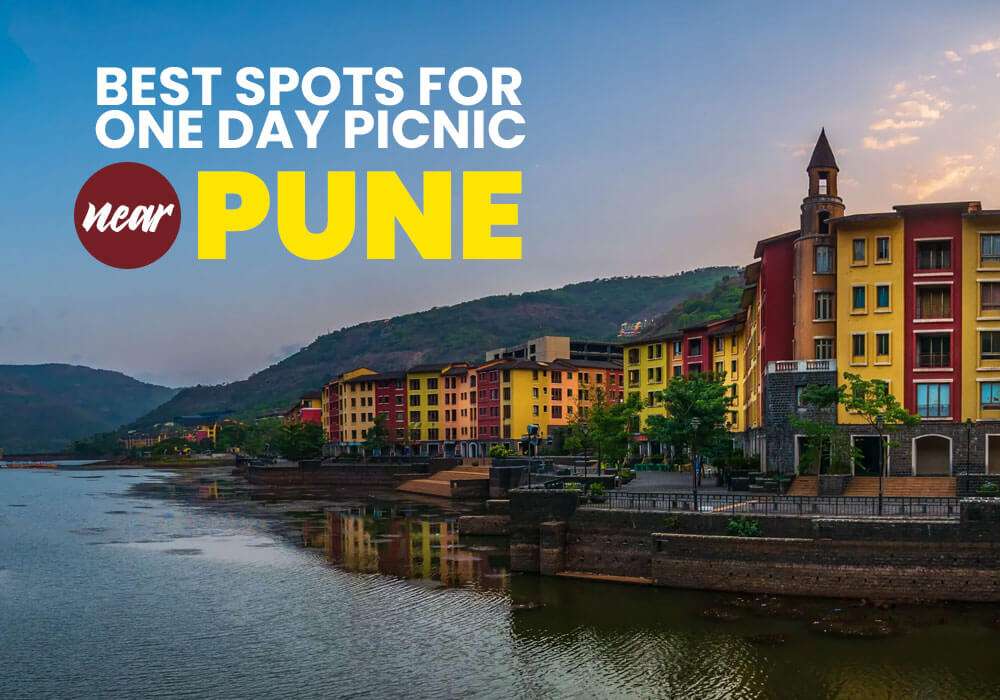
One Day Picnic Spot Near Pune - Adventure, Trekking and Natu...
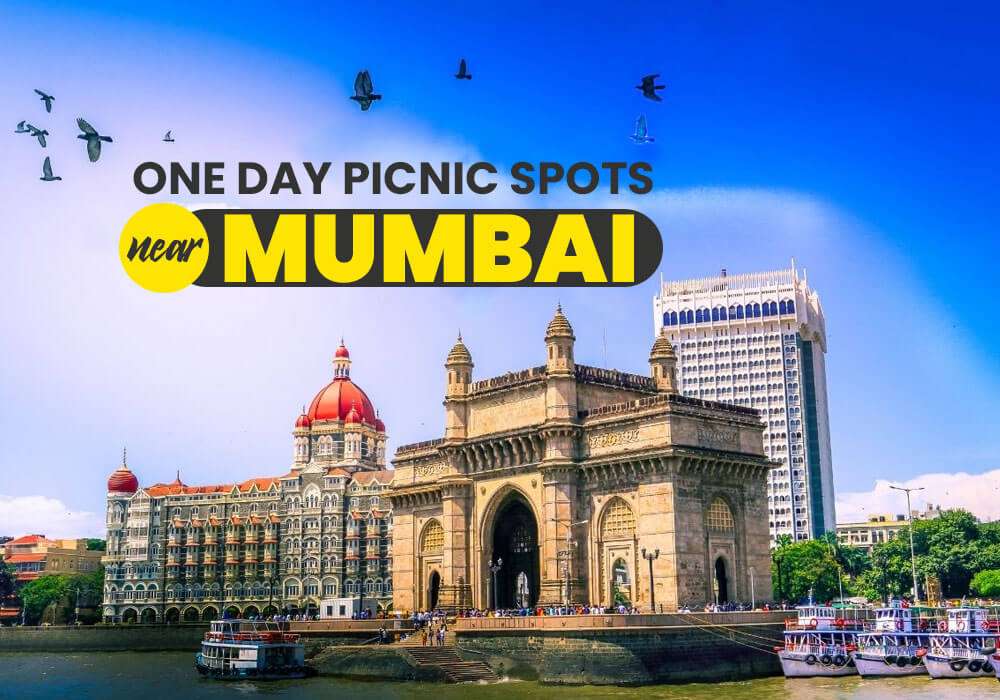
One Day Picnic Spots Near Mumbai - Monsoon, Adventure, Beach...

The Best Places to Go in Thailand in 2025
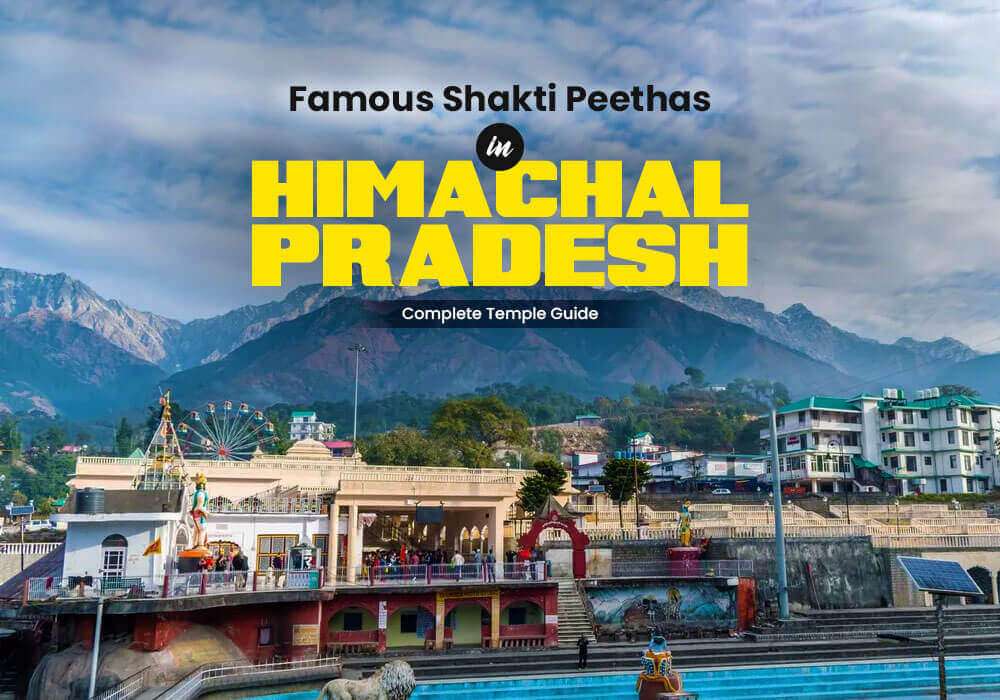


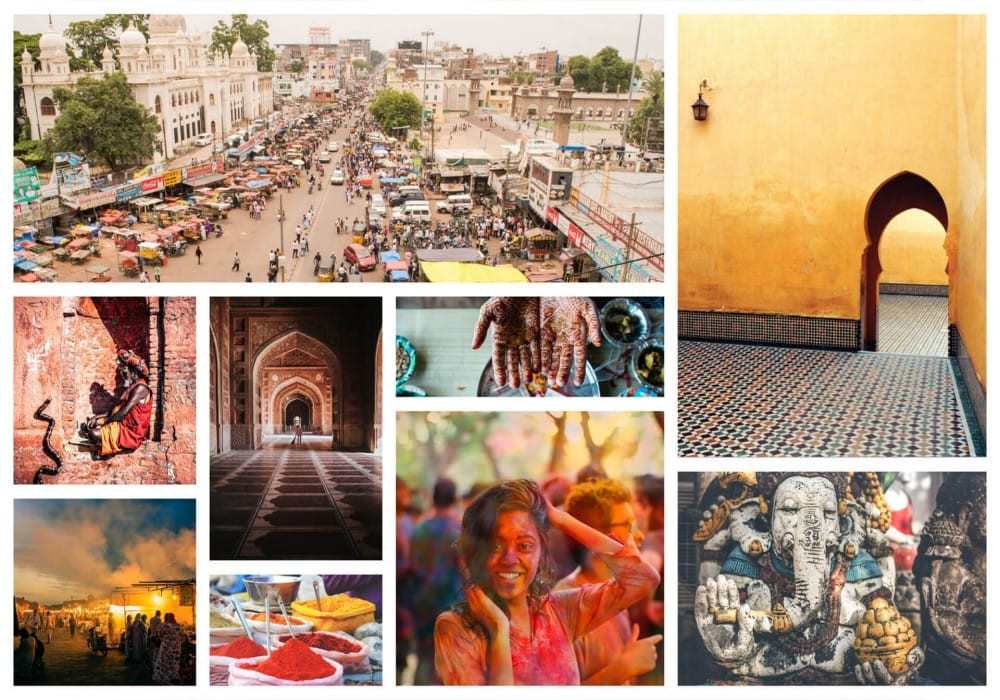



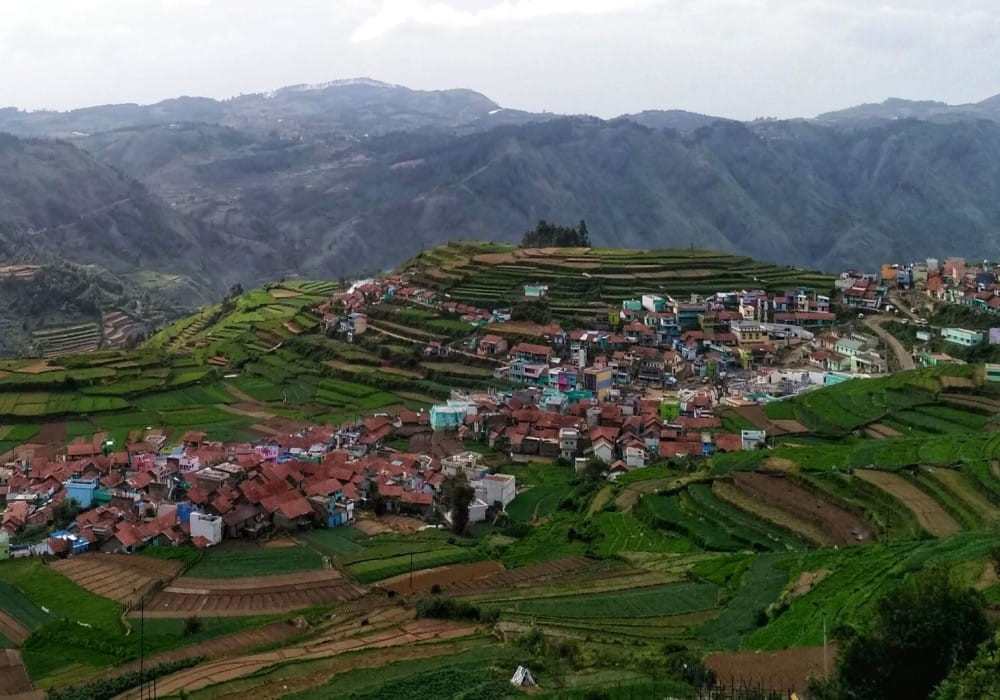
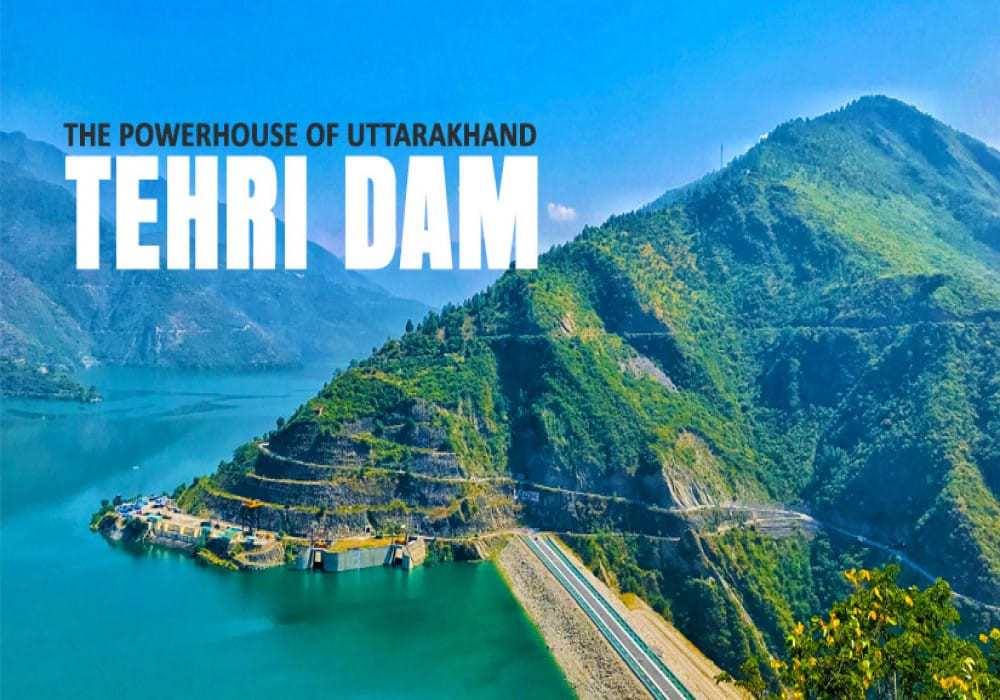
 Dubai
Dubai Malaysia
Malaysia USA
USA





